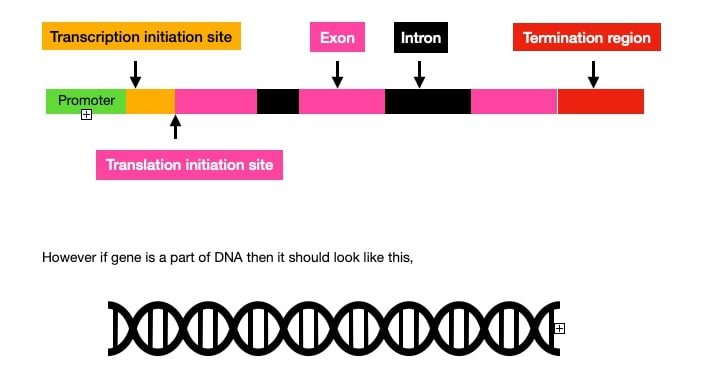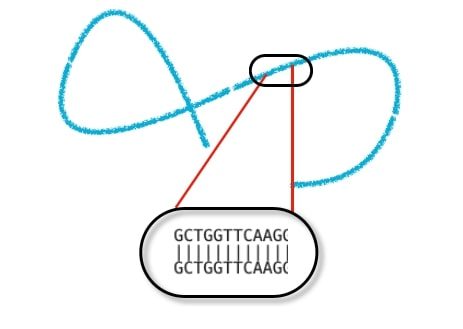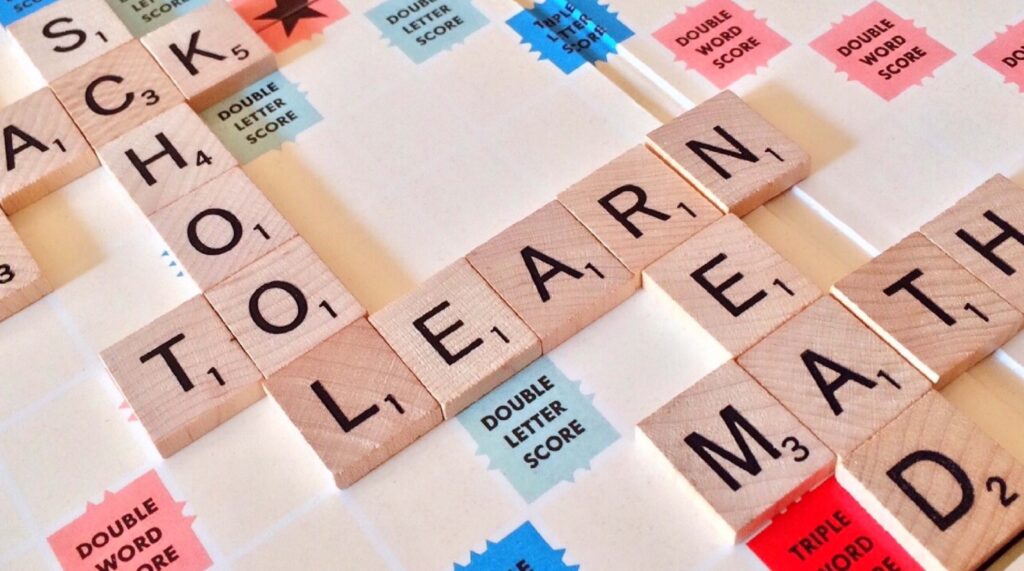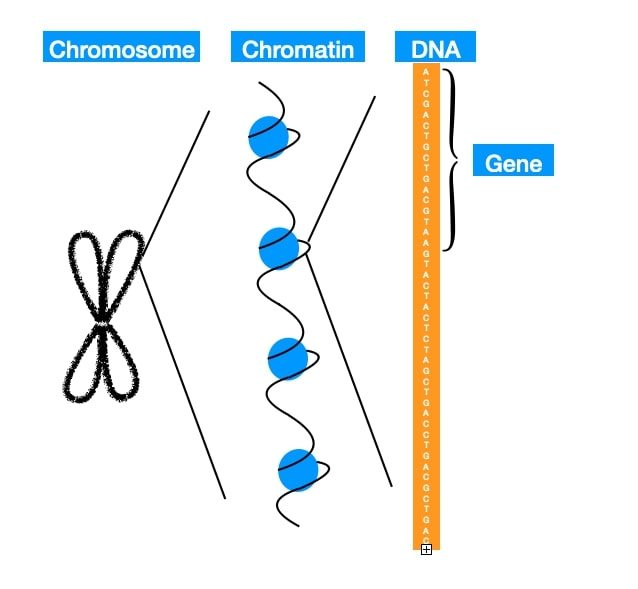We know that almost all the characters in the living individual are defined by the presence and the function of the specific gene in the genome. DNA is known to store the genetic information in the form of genes. Thousands of the genes in the body of the organism produce variety of the gene product each with different function. Proteins are the most common gene products. The message for the synthesis of gene products is stored in the genes. In the textbooks the structure of the gene is given as follows,

Position of the genes in DNA
The DNA is a million base pairs long molecule. How to define the position of the gene and its subcomponents in the DNA? There is no physical boundary that separates different structural components of the gene like promotor region, termination region etc.

DNA is present as a thread like structure made up of deoxyribonucleotides (dNTPs) in the cells. There are no demarcations for the starting and the ending of the gene. That is why the actual DNA is best represented with following structure. Both the strands of the DNA are complimentary and base paired with hydrogen bonds.

But now the major question is, how does the gene function? To the surprise of all of us, gene itself does NOT function. Because it is mere a sequence of the dNTPs. Its job is to store the information in the form of the nucleotide sequence. To know why DNA SEQUENCE is important let us understand it through an example.
Genes and sequence relevance with the gene function
The word TEACHER and CHEATER contain the same set of letters but still both the words have significantly different meanings. Same set of letters with the specific sequential arrangement lead to different meanings. Exactly same thing appears to be working in case of genes. As random combinations of the letters can form newer words with different meanings. In the same manner random combinations of the nucleotides can form words with special meanings, these words of the DNA are referred to as the gene.
These random combinations of the DNA nucleotides leads to the formation of variety of the genes with specific function. Genes are then transcribed into an RNA which enable ribosomes to read the coded information in the gene. Thus the required gene products can be formed depending upon the gene function. If the gene sequence codes the information for the protein synthesis then it will produce mRNA. In case if the gene product is a part of the ribosomes it may produce rRNA.
Now we know, how the sequence of four dNTPs form the thousands of genes in the genomic DNA . Genes are specific regions on the genomic DNA specifically identified and targeted for the gene expression and phenotype development. Transcription of DNA to RNA is mediated by RNA polymerase enzymes to decode the information coded on the DNA. This requires the specific binding of the RNA polymerase to the promoter region of the gene from DNA.
Three dimensional structure of the DNA and enzymes facilitate physical interaction among the RNA polymerases and DNA followed by the chemical reactions like transcription, translation etc. In proteins multiple amino acids with diverse chemical properties are present and their sequential arrangement is guided by the genetic code . Each type of chemical group present in amino acid have different effect on the overall three dimensional structure of the protein and significantly influence the binding specificity of the protein molecules to the target molecules.
We will see in the next article how information stored in gene produces a unique 3-D structure of the protein why and how a single base mutation in the gene leads to dtysfunctioning of the protein.
Read about biochemistry related content


